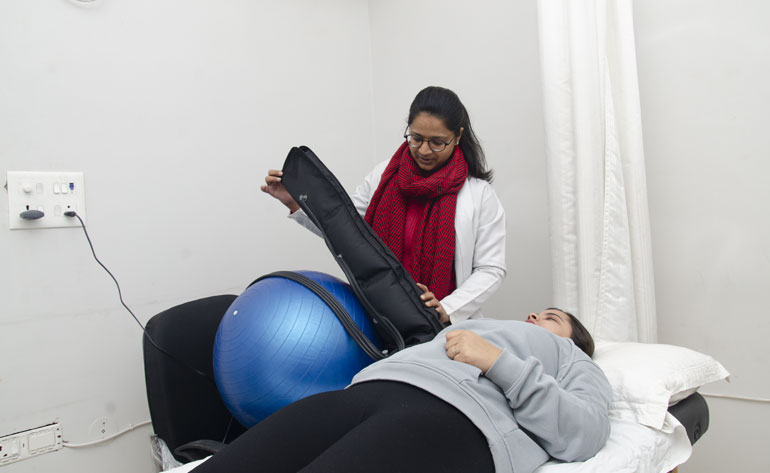What Is Lymphedema?
The lymphatic system collects lymph fluid (excess fluid, proteins, and other substances) from the body issues and carries it back to the bloodstream.
Lymph fluid moves slowly through lymphatic vessels and passes through lymph nodes as it returns to the bloodstream. Swelling occurs when the normal drainage of fluid is disrupted, and lymph fluid accumulates in the body
tissues. This can be due to a blockage or surgical removal of lymph nodes. This results in large amounts of lymph fluid collecting in the tissue.
• Weakness in your arm or leg.
• Inability to move certain joints, such as your wrist or ankle, as freely as usual.
• Pitting (indentation) in the tissues of your limb (made by pressing a finger on the skin that takes time to
"fill in" after removing the pressure).
• Clothing, rings, bracelets, or shoes that fit tighter than before.
• Repeated infections in your arm or leg.
• Joint pain.
• Difficulty doing your daily activities.


